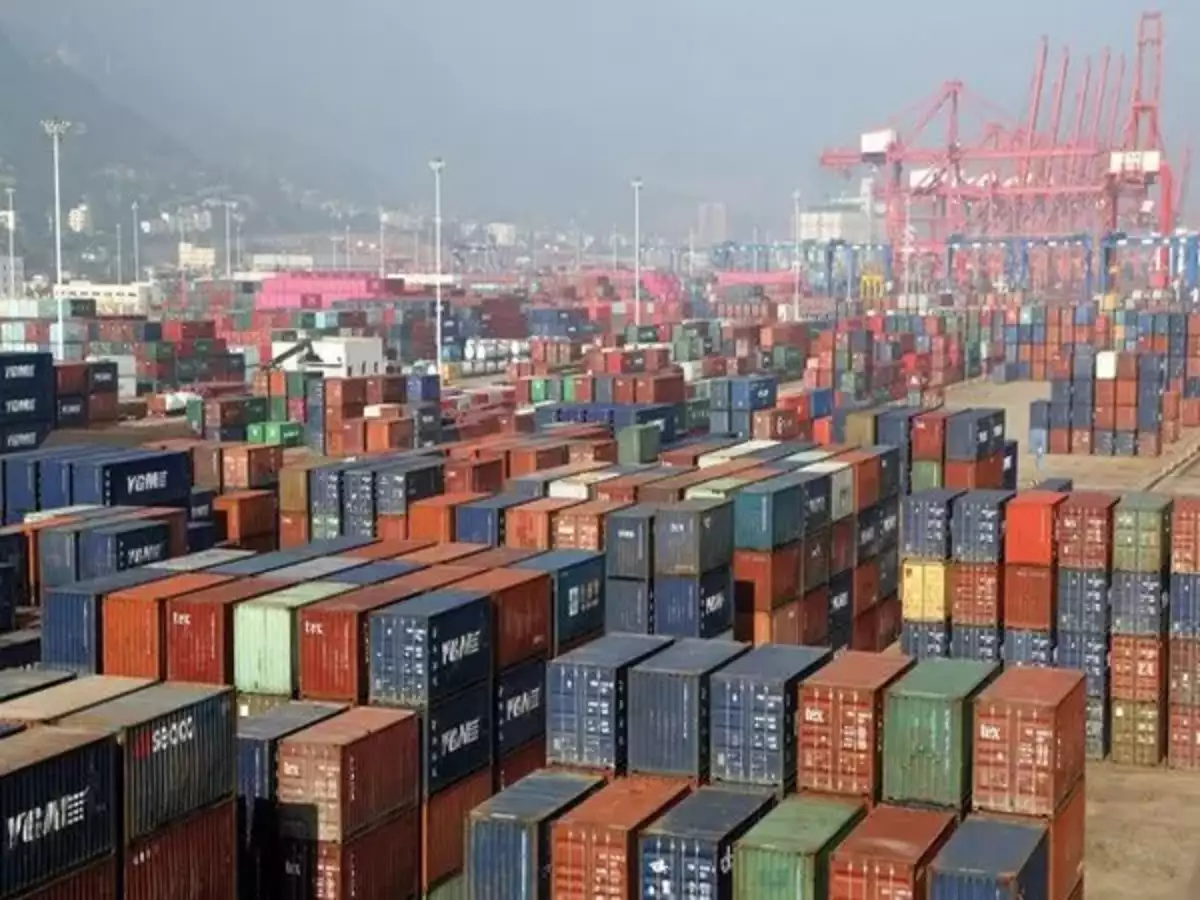
Exporters work on product identification problems under UK’s replacement scheme for GSP
NEW DELHI : The UK Government’s decision to replace the popular Generalised Scheme of Preferences (GSP) programme, which offered import duty concessions to developing nations and LDCs for certain items, with the “simpler and more generous” Developing Countries Trading Scheme (DCTS) has resulted in some inadvertent confusion for Indian exporters as product description under the new scheme is different from one used by India for exports, sources have said.
Efforts are now on by the exporters’ body Federation of Indian Export Organisations (FIEO) to match the products by drawing equivalents so that there is clarity for exporters on the items being referred to under the new scheme, a source tracking the matter told.
“It is important for Indian exporters to sort out technical issues related to product identification under the DCTS as India’s exports worth an estimated $2.5 billion annually were entitled for the GSP benefit in the UK,” the source said.
The scheme is intended to benefit labour-intensive sectors such as leather, carpets, chemicals, iron and steel and textiles.
The DCTS, which is described by the UK government as a simpler and more generous preferential trading scheme designed to boost trade with developing countries, offers import duty cuts similar to the GSP scheme, but the origin declaration process for exporters for their goods to claim benefits was changed.
“The Directorate General of Foreign Trade has recently issued a notification on the changed origin declaration requirements under the UK DCTS which replaced the GSP. But the products were not notified. The UK website gives the product description with HS 12-digit codes but India uses HS 8-digit codes. Now somebody has to find out the equivalent 8-digit code as that is what is used by Indian exporters. FIEO has stepped in to do so and hopefully, the matter will be sorted out soon,” the source said.
HS classification
The Harmonised System (HS) classification is an international customs classification system which allocates a unique 6-digit HS code to each group of products which lays down the chapter, heading and sub-heading under which a given item is classified to determine what tariffs they attract. The HS codes are further subdivided into 7 to 12- digit items or more depending on the country for a finer classification of items.
“In international trade, the HS classification nomenclature varies from country to country. But there is no change in the HS 6-digit code which is strictly according to the World Customs Organisation classification. So if products get identified at the HS 6-digit level then concurrence between the subgroups at the higher levels of classification can be worked out. Exporters can do the matching,” a government official said.
“Starting from January 1, 2024, Indian exporters to the UK are required to adhere to the new rules under DCTS to avail concessions on their exports to the UK,” the trade notice issued by the DGFT last week noted.
Goods that meet the UK DCTS Rules of Origin (ROO) requirements would be eligible to claim a concessional rate of import duty for exports to the UK.
“Consequently, the origin criteria necessary for satisfying the ROO to avail tariff concessions on exports from India to the UK must be filled in through self-certification,” it added.
Indian exporters must, therefore, use origin declaration wording under the DCTS scheme, in place of origin declaration wording under GSP.
